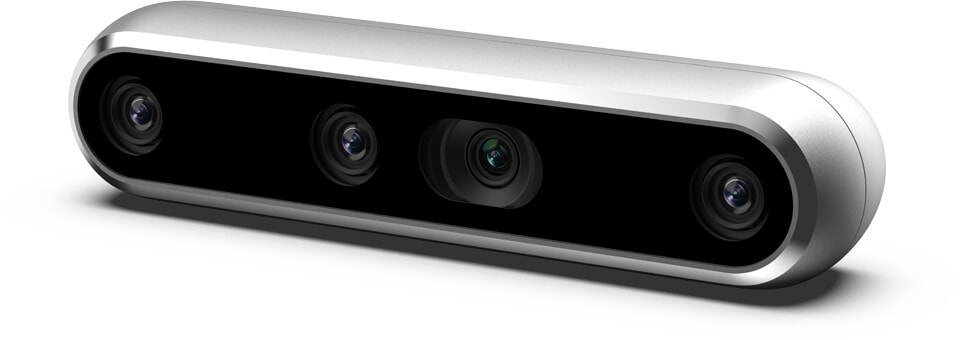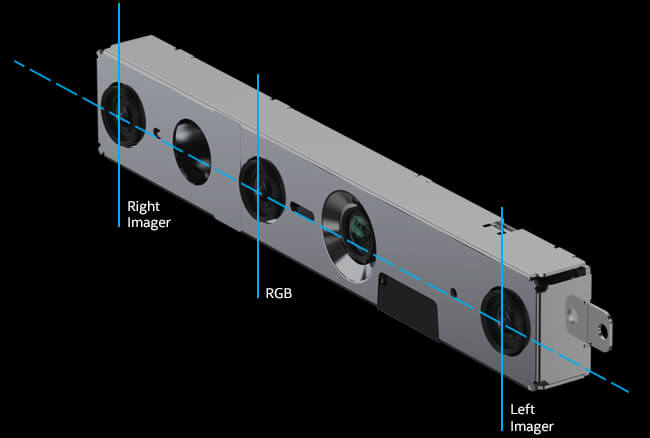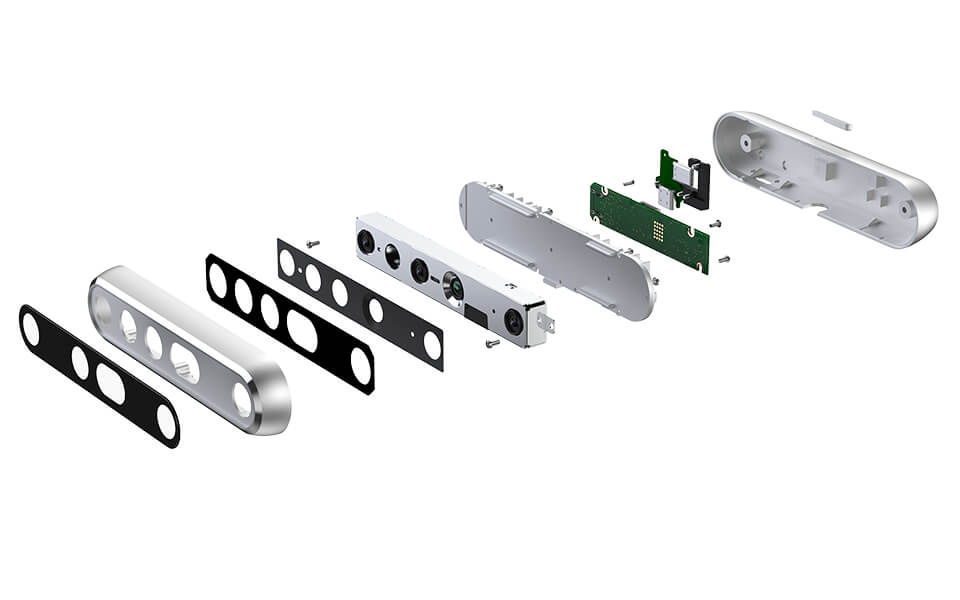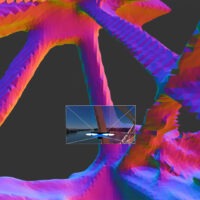As they say, “distance makes the heart grow fonder.”
Not quite limited to love between people, some things undoubtedly get better with some time or space apart. When you come back to a book you loved in high school, it can feel exciting, like reading it for the first time. If you limit your trips to your favorite restaurant every other month, like a special treat, you’re more likely to savor each visit.
If, in the Intel® RealSense™ Depth Camera D455, you widen the gap between the sensors to 95 mm, a considerable increase compared to the D435’s total length of 90 mm, then you get equally exciting results.
A Baseline of 95 mm for a Maximum Range of 20 m
Setting the depth sensors further apart isn’t the only change in the D455, but it is, in every sense, the biggest.
This importance boils down to how depth cameras operate. In addition to the RGB values, depth cameras, especially those in Intel’s D400 series, measure depth through stereo vision.
In the same way your eyes and brain work together to form one detailed view full of information, stereo vision shares the same basic concept. The two depth sensors capture disparate images, the differences between which help estimate an object’s position relative to the camera.
Here’s a quick exercise for those who aren’t too familiar with computer vision. Point a finger skyward then touch it to your nose. Now, close one eye and alternate with the other. Notice how it moves from each end of your periphery? Do this a few times while you bring your finger farther away. See how the gap between the two “images” shrinks as it moves away from you.
Close objects take big steps, distant objects barely move. That’s the general idea behind stereo depth.
Widening the distance between sensors is directly proportional to expanding the camera’s “periphery” or field of vision. The D455 has a maximum range of 20 m and an optimal range of 6 m. This increased scope comes in handy in a few ways.
Wider Range, Wider Application
Unsurprisingly, a greater field of vision offers the same advantages to drones as it does to humans. One of the more advertised pulls of the D455 is its more accurate collision avoidance capabilities.
A wider view and an integrated IMU allows for faster responses to obstacles in a robot’s path, making it safer to leave on auto-pilot should it need the option.
In touch-averse and socially-distanced 2020, the greater depth awareness could let developers employ touch-free controls, effective even at longer distances, to their products.
Combine this with a better global shutter to the RGB sensor, and you can get a powerful 3D scanner that could potentially pave the way for printing fully-functional objects.
You can pre-order your Intel® RealSense™ Depth Camera D455 now for $239. Products are expected to ship out by the second week of August.
This post features affiliate links which helps support SolidSmack through a small commission earned from the sale at no extra cost to you!









